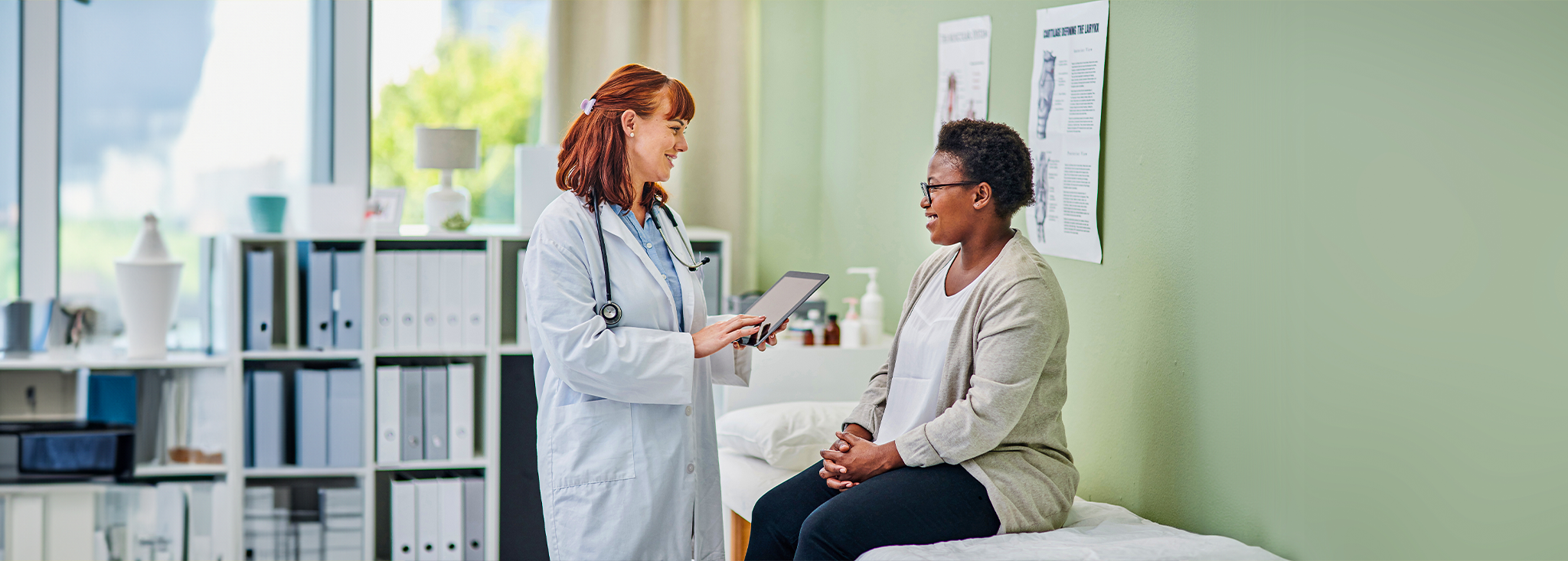How Do I Safely Get Rid of My Sharps?
Written by: Beyond Type 1 Editorial Team
2 minute read
February 16, 2017
People with type 1 encounter sharps every day, and precautions for disposing of sharps don’t just apply to the diabetes world.
Scrap the Sharps
Part of living with type 1 is dealing with the mess it creates: getting continuous glucose monitors (CGMs) to stay on, changing sites, refilling cartridges, checking blood sugar numbers … all of these come with their respective packaging and accouterments.
Wondering what to do with the things you shouldn’t throw in the trash? There aren’t strict federal regulations for getting rid of used sharps, but there are guidelines you should follow to dispose of them safely (Diabetes Forecast).
Here are a few tips on how to ditch the potentially dangerous parts of having diabetes:
Can’t I just throw my sharps in the trash?
The short answer is no.
The incorrect disposal of sharps can pose risks to people and to pets. Along with potentially harming sanitary workers, unsuspecting children and the family dog that might occasionally get into the trash, sharps can also spread diseases such as HIV, hepatitis B and C.
What classifies something as a “sharp”?
The U.S. Food and Drug Administration (FDA) in the US defines a sharp as something that “can puncture or cut skin.” People with type 1 encounter sharps every day, and precautions for disposing of sharps don’t just apply to the diabetes world. Those living with other medical conditions who use needles or auto-injectors to manage their health should follow the guidelines as well.
Examples of “sharps”
- Needles – hollow and used to inject medication beneath the skin
- Syringes – have needles attached and are used to inject liquid into or withdraw liquid from the body
- Lancets – (also known as a “pricker” and “poker”)
- Auto-injectors – pre-filled syringes with needles
Where should sharps go?
All used sharps should be discarded into a specified sharps container.
Heavy-duty plastic containers are also acceptable—and the cheaper option. Reuse one that won’t crack or break: think an empty bottle of laundry detergent.
Safely attach the lid to the bottle with durable tape. Label the bottle with something like “Contains Sharps” so it’s clear as to what’s inside!
Remember: Don’t try to put the cap back on a syringe or lancet that’s been used by another person. These can go straight into a sharps container if you have one handy.
Depending where you live
In the US, official FDA-approved biohazard disposal containers can be purchased online or at a drugstore—picture the red ones you see on the wall at your endocrinologist’s office.
In the UK, “your local council is responsible for collecting your full sharps bin. You can find out more from your local council’s website. Local councils can charge for this service, but most don’t” (NHS).
If you’re in Australia, look into the Safe Sharps Project where you can locate a sharp disposal drop off point near you.
In New Zealand, check out chemical suppliers to find disposal drop-off locations.
My sharps container is full. Now what?
Is it full to the brim? You may need to use a second container: the FDA recommends only filling containers up halfway.
Check with your trash pickup company about their policy on sharps disposal. The containers can’t be recycled.
If you choose to purchase an approved container, you may have an option to mail it back for collection once it’s full. You can also call your doctor’s office to see if they offer a sharps collection service. Local disposal regulations vary, so call your local health department for more information.
The Safe Needle Disposal project allows users to search for the nearest location where you can drop off your full container for safe disposal.
As always, do your due diligence to make sure you’re following the correct procedure for sharps disposal for where you live.
For more management information, visit our Tools + How To library
Related Resources

If you search for factors that affect blood glucose levels (BGLs) online, chances are you’ll...
Read more

Most people can access the health care we need within a short drive, train or...
Read more

"I have checked my blood glucose several times in the last few weeks. The results...
Read more


